If the subject of the shot is a person, then the expression of a person’s facial expression to reflect a person’s character is the fundamental starting point we want to express in light use. In portrait shooting, there is nothing more than a frontal face and three points (3 /4) Three face directions: face and side face. In this sense, we can talk about the use of portrait photography from three aspects:
Table of Contents
Use of Frontal Facial Light
On the front face, all the faces of the characters face the camera, and each part of the face is symmetrical, but lacks a sense of depth.
At present, the three-lamp lighting used in most photo studios can easily make the characters appear fat. Then the most suitable lighting for the front face is the middle light at the middle position (approximately at 40-45 degrees). The portraits taken by the lights in this position have a good three-dimensional effect and can be used for various types of portrait photography. People are also familiar with the effects of light.
The character is illuminated by the light directly above, the face is evenly illuminated, the face is symmetrical, and has a coordinated light-dark contrast relationship. The butterfly light we are familiar with belongs to the light of this position. In actual shooting, as long as the person is facing the front face to the camera, the butterfly light, which was once favored by Hollywood photographers and is still commonly used by fashion photographers, is the best choice.
It should be noted that in the daily shooting of our photo studio, due to the particularity of commercial photography, we need fast and convenient lighting, so the high and low lighting is a very good photo studio lighting based on the butterfly light. It makes the character’s face get soft and even illumination, and produces a faint shadow on both sides of the cheeks to give the character a three-dimensional effect.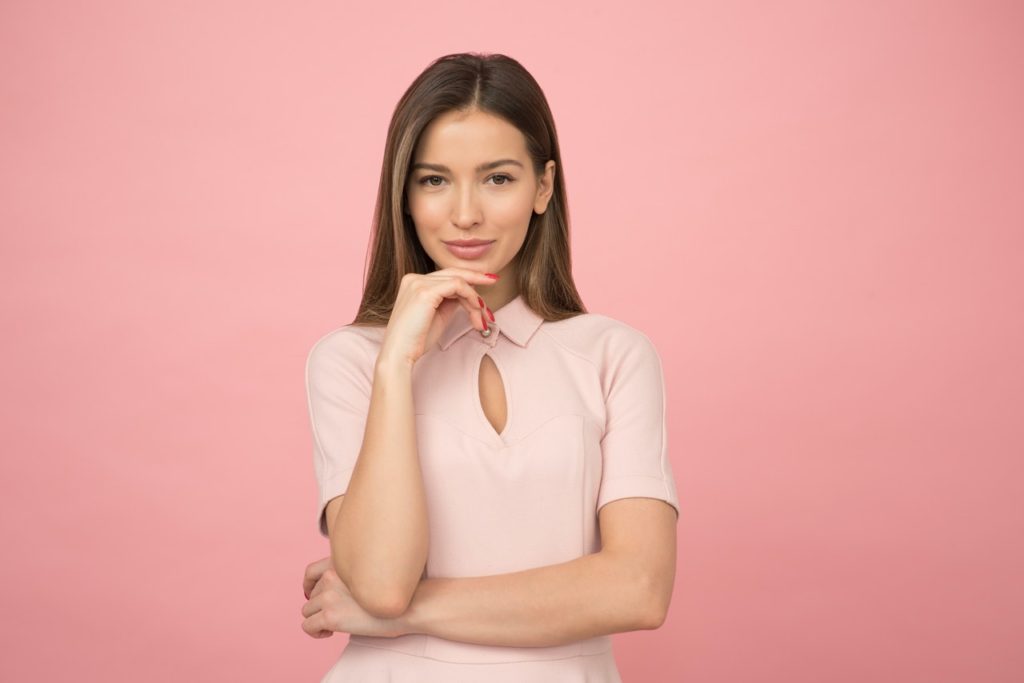
Pay attention to two points when shooting with high and low light: one is to add reflectors on both sides of the person to reduce the light ratio, so that the light transition is more natural, and the other is that the person should be located near the vertical intersection of the two light planes.
Another characteristic lighting for the front face is the double-edge light at the horizontal or middle position as the main light. The lighting effect is symmetrical, with bright edges on the entire outline of the head.
This lighting is the only lighting method on the front face that uses two lamps as the main light. Some photographers also call it clip light, which means that the left and right lights sandwich the person in the middle to shoot, and the person has a strong sense of three-dimensionality.
When this kind of lighting is used in the studio, attention must be paid to the use of frontal auxiliary light. Generally speaking, high and low light can be used to illuminate the face directly in front of the person. The intensity of the double edge light is one to two levels higher than that of the high and low light. The exposure is based on the front light.
The final light-receiving effect of the character is that the front face is evenly lighted, and the two sides are exposed to strong light to produce a contrast effect of light and dark. The picture is beautiful and translucent. Not only for group photo shoots, but also for shooting magazine covers and other bright types of shooting.
Use of Light on 1/3 of the Face
The three-point face position starts from the moment one eye can be seen until the end of the nose and the contour line of the cheek are on the same line. This position can give people a sense of depth and three-dimensionality in particular. Therefore, when using light on the three-point face, the main light is generally used on the narrow side of the person’s face (the side away from the camera), which is basically the mid-light or cross-light position.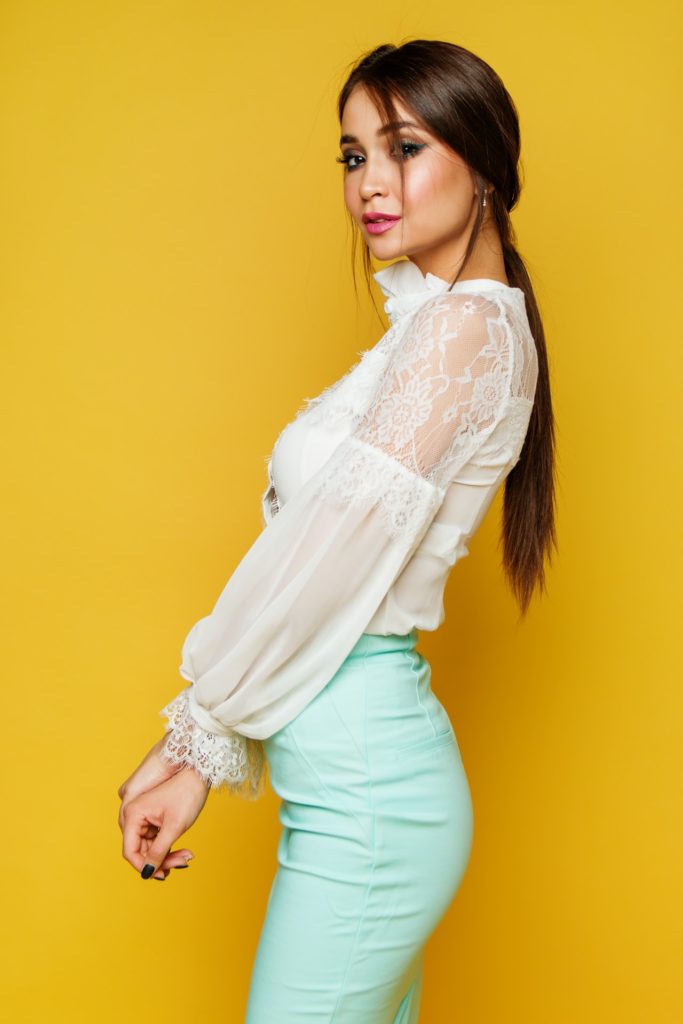
The three-dimensional sense of the characters in this position is very strong, and the picture has a sense of stability. The auxiliary light is used directly in front of the face, which is the center position, and a reflector is added to the camera position. If the light ratio is controlled properly, the character’s face starts from the far side to the near side at this time, the light and dark tones gradually transition, the light is uniform and natural, and the three-dimensional effect is strong without lack of softness.
In addition, the main light is also often used directly in front of the character’s face. The approximate location is in the middle of the center (about 40-45 degrees). The lighting in this position makes the character’s three-dimensional appearance also behave very well, the cheek line effect is strong, and the portrait looks very pleasing to the eye. But because there is a large shadow on the side of the head, we need to place an auxiliary light between the camera and the main light (near the face) or at the camera position and control the appropriate light ratio. The tonal transition must be natural, without harsh shadows.
The seven-point face (7/8) is closer to the three-point face. The seven-point face is between the front and the three-point face. The principle of using light is closer to the three-point face, so we won’t repeat it.
Tips for Arranging the Light on the Side Face:
The side face is easier to understand. In portrait photography, when we want to emphasize the contour lines instead of the flat effect and perspective effect, we can use the side position.
The side light, the main light is mostly used in the front position of the character (medium or middle-high center position). In this position, the lighting effect is good, the near cheek lines perform well, the three-dimensional effect and expressiveness are quite good, and it is suitable for general portrait photography.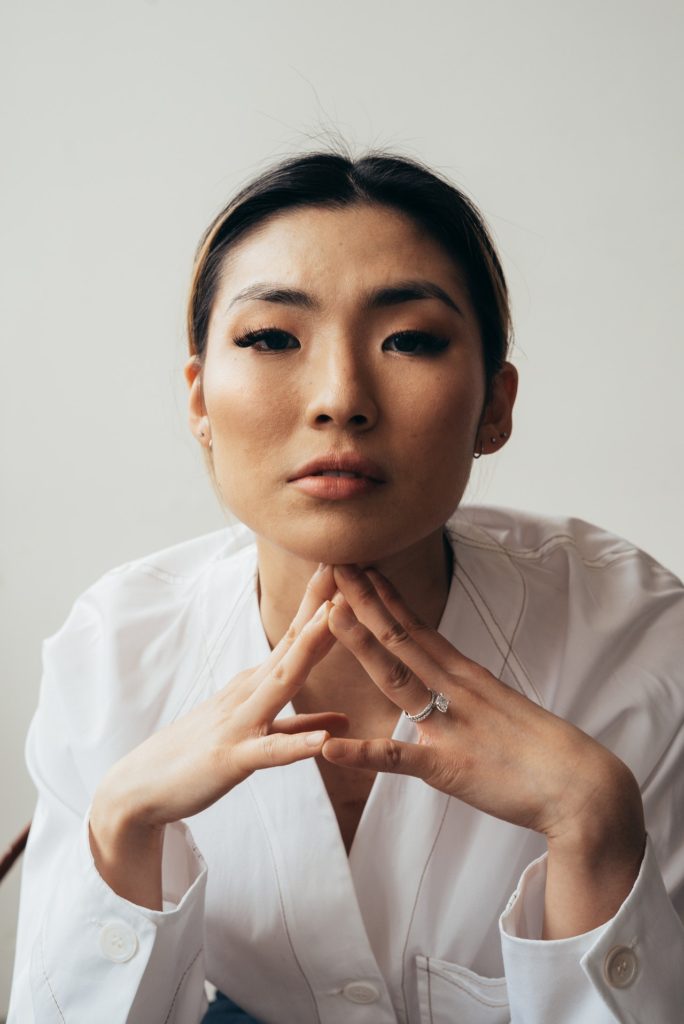
The whole picture appears smooth. When the main light is in this position, the auxiliary light should be used in the middle of the camera and the main light or the camera position. Do not place the auxiliary light on the other side of the main light to avoid unnatural tonal transitions on the character’s face.
When the main light is used in the far side middle position and the far side cross light position, the three-dimensional effect is good, the style is strong, the near side facial lines are strong, and the contours are obvious.
At this time, the auxiliary light is mostly used in front of the person’s face or in the middle of the camera and the main light, and in order to obtain a soft light transition, you can add a reflector at the camera position or the other side of the main light to improve the brightness of the shadow.
At present, the lighting method commonly used in most photo studios is the lighting method of three main and auxiliary lights in front of the characters. So in shooting, no matter the front face, triple face or side face, we can actually simply follow this principle: the main light should generally be adjusted accordingly with the change of the character’s face. It is mostly used on the narrow side of the character’s face. The height of the auxiliary light is slightly lower than that of the main light and is used on the narrow side of the character’s face. In most cases, the ground light follows the main light. According to this principle, we can not only ensure that the characters receive the light evenly, but also enhance the three-dimensional sense of the characters.
Of course, there are many lighting methods for portrait photography. Every mature photographer can design a reasonable lighting according to his own intentions and specific shooting themes, because the lighting of portrait photography is ever-changing.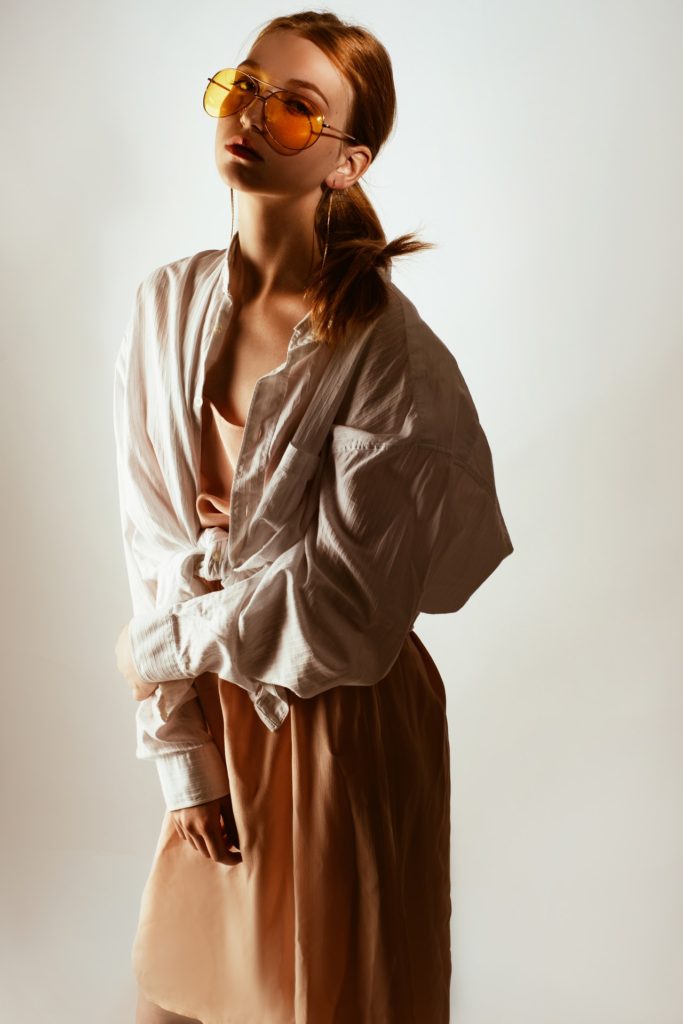
How to Use Flash and Reflector Umbrella
The reflective umbrella was hit too low, illuminating the waist of the model’s handicrafts, and shadows on the face.
The general idea is to use a light to illuminate a half-length portrait. Naturally, let the light illuminate the upper body of the model. So there is such a way of lighting: the flash is facing the middle of the reflective umbrella, and the reflective umbrella is pointing to the upper body of the model.
This is not an ideal lighting method. But from its effect, it can help us understand the lighting characteristics of “flash + reflective umbrella”: the flash is facing the middle of the reflective umbrella, so the light reflected from this part is the strongest. The further toward the edge of the umbrella, the weaker the light. If you want to focus on which part you want to illuminate, let the handle of the reflector point to which part. Understanding this feature is the basis for us to use the reflective umbrella in the next step.
In addition, before introducing the use of flash, we must first understand the white balance. Any kind of light source has a certain color temperature. Only when the color temperature of the camera is set close to the color temperature of the light source can a more accurate color reproduction be obtained.
Generally speaking, the color temperature of the flash is close to the color temperature of daylight, which is 5500K-5600K. When using the camera’s built-in flash, the camera’s automatic white balance can be automatically set accordingly. However, when using an external flash, because the flash does not emit light before taking a picture, the camera cannot determine the color temperature of the light. According to the ambient light setting at the time, the automatic white balance will fail, so you need to manually set the white balance.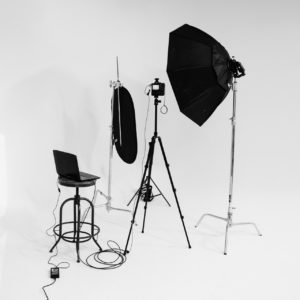
When shooting indoors with a flash, you can set the camera to “daylight” white balance. Of course, it is best to set the color temperature accurately with manual settings. With the same set of lights, the color temperature will not change much, so once the setting is accurate, you can always use this setting.
Use a Reflective Umbrella as the Main Light Source
From the above sample, although the model’s face is well illuminated, and the light is reflected by the reflective umbrella, it is much softer, but if you carefully observe the lighting effect, the light ratio is still too large, and the model’s forehead and nose have bright spots. .
In order to reduce the light ratio, we might as well move the light source farther. Because the closer you are to the light source, the more concentrated the light. Do a simple test, point the light at the wall, you can see obvious spots, and even the shape of the filament. Pull it farther, and there is only an illuminated area. The use of reflector umbrellas only partially changed the light quality, and the law of distance is still the same as that of direct lighting. When the irradiation distance is lengthened, there is no longer an obvious bright area, but the entire range is illuminated.
After the distance is opened, the light ratio is significantly reduced (of course, the light becomes weak, and the camera aperture needs to be opened accordingly). The shadow on the model’s face is not so heavy, the light is no longer as harsh as the direct sunlight, and it looks more like the effect of natural light from a window.
In order to further reduce the shadow on the right side of the model, another method is to change the angle of light, move the light closer to the camera, close to lighting from the front.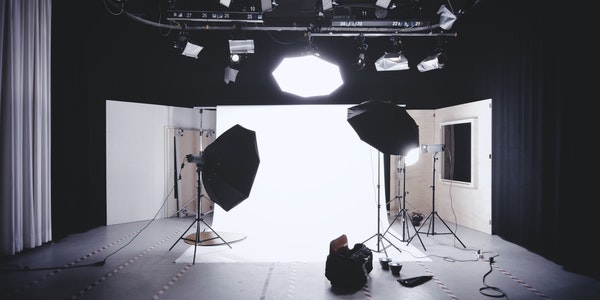
In terms of lighting pattern, this result would be more of a loop, referring to the small “loop” of shadow under the nose, and less of a “Rembrandt”, typified by the upsidedown triangle of light created on the cheek from light spilling across the bridge of the nose
In general, this effect is more satisfactory. If you want to use a single light to shoot portraits, this lighting method is a successful example. Although there are still shadows, it has weakened a lot, and the facial features of the model perform well. This lighting is not too dramatic, but it is very practical.